Falconry, a living human heritage
The art of falconry is a tradition that includes husbandry and training of falcons and other birds of prey for hunting of wild animals in their natural state and habitat. The falconers nurture a deep emotional bond with their birds and commit to their breeding, training, lifelong care and maintaining the skill of flying for the purpose of hunting. The falconry has been recognised in various cultures and communities all over the world as a part of their own cultural heritage within the context of a tradition that respects the natural environment that has been transmitted from generation to generation. As such, it has contributed to development of the sense of belonging to a particular community and to creation of the community's identity and continuity.
The Croatian Falconers Club gathers the falconers from all over Croatia and it is a member of the International Association of Falconry (IAF). The Club organises national and international (in cooperation with IAF) meetings of falconers with the purpose of exchanging the relevant experience and knowledge, transferring the knowledge and skills as well as educating younger generations.
Today, wild falcons are endangered by many harmful factors such as pesticides, degradation and destruction of their natural habitats, which all affects the reduction of their population. Therefore, the falconers with their controlled husbandry contribute to preservation of various species of falcons. Their activities directly affect the preservation of natural habitats and support the protection of many species of plants and animals. In most countries today, the falconry is in accordance with national and international legislation and conventions concerning the protection of natural and cultural heritage. It has been recognised as intangible cultural heritage of exceptional value and inscribed on the UNESCO Representative List of the Intangible Cultural Heritage of Humanity.
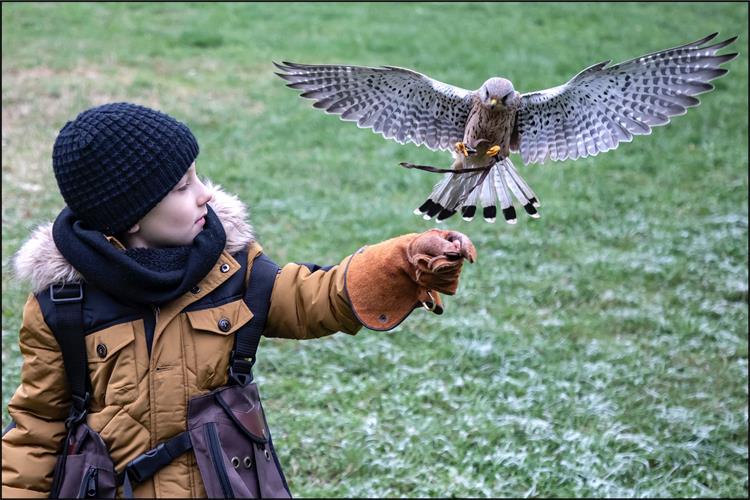
Foto: Dinko Neskusil
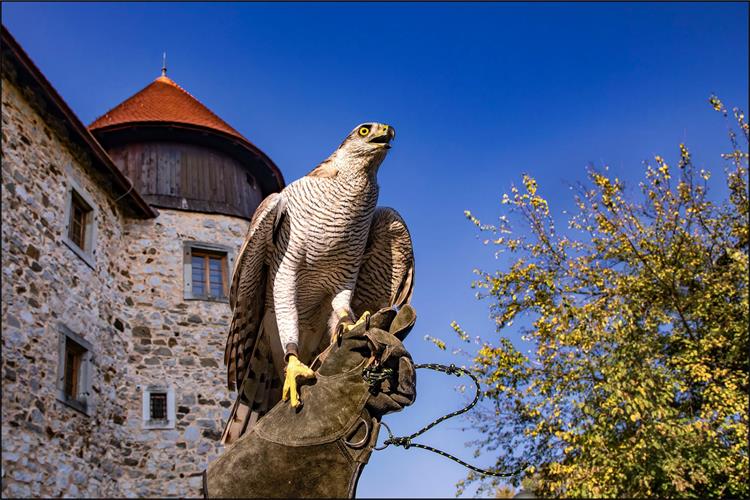
Foto: Dinko Neskusil
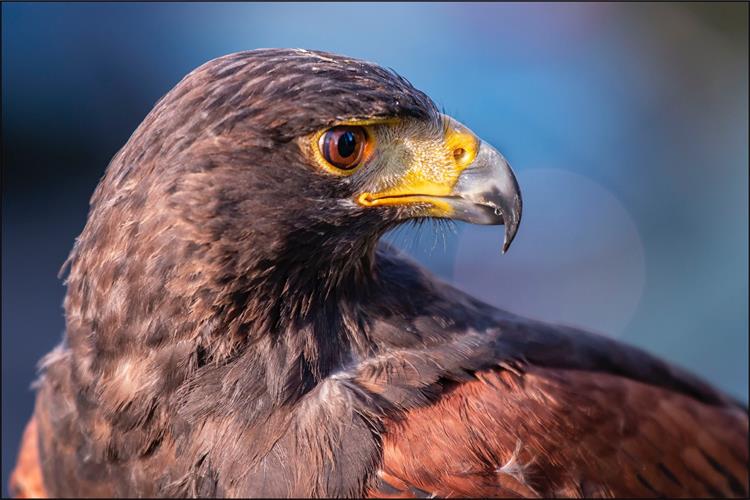
Foto: Dinko Neskusil
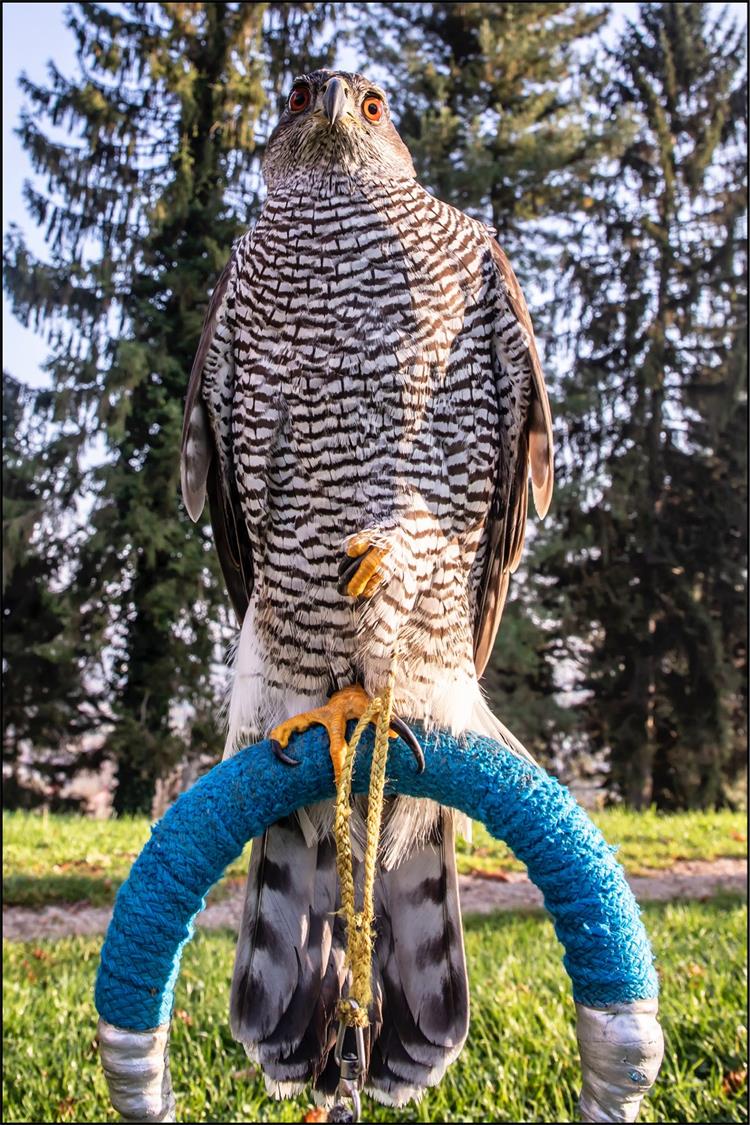
Foto: Dinko Neskusil
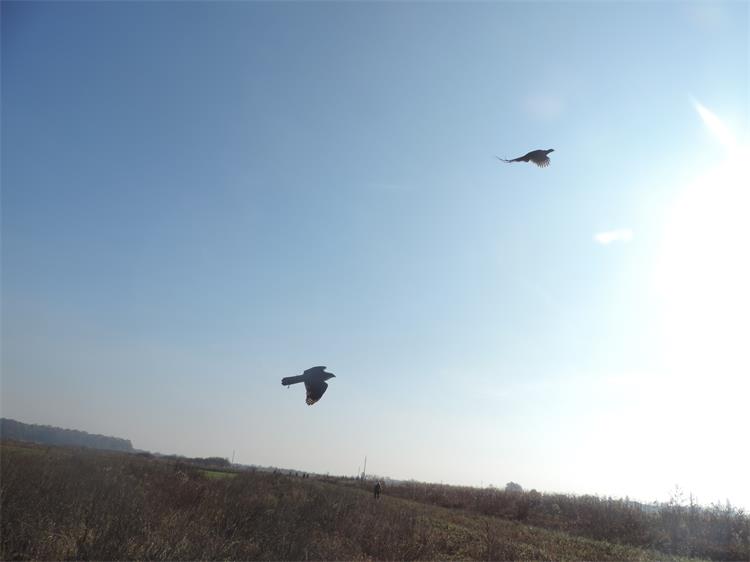
Foto: Viktor Šegrt
The Croatian Falconers Club gathers the falconers from all over Croatia and it is a member of the International Association of Falconry (IAF). The Club organises national and international (in cooperation with IAF) meetings of falconers with the purpose of exchanging the relevant experience and knowledge, transferring the knowledge and skills as well as educating younger generations.
Today, wild falcons are endangered by many harmful factors such as pesticides, degradation and destruction of their natural habitats, which all affects the reduction of their population. Therefore, the falconers with their controlled husbandry contribute to preservation of various species of falcons. Their activities directly affect the preservation of natural habitats and support the protection of many species of plants and animals. In most countries today, the falconry is in accordance with national and international legislation and conventions concerning the protection of natural and cultural heritage. It has been recognised as intangible cultural heritage of exceptional value and inscribed on the UNESCO Representative List of the Intangible Cultural Heritage of Humanity.

Foto: Dinko Neskusil

Foto: Dinko Neskusil

Foto: Dinko Neskusil

Foto: Dinko Neskusil
Foto: Viktor Šegrt